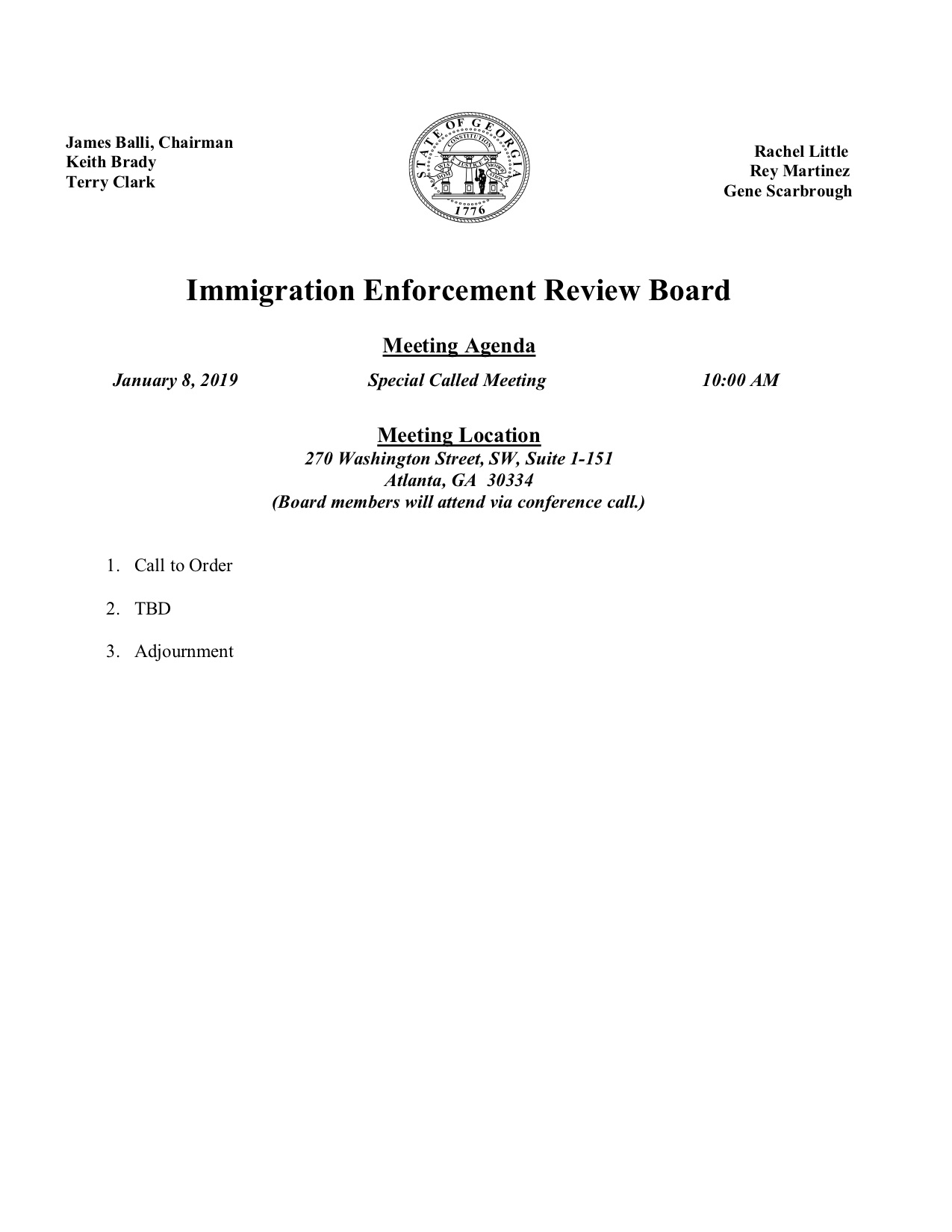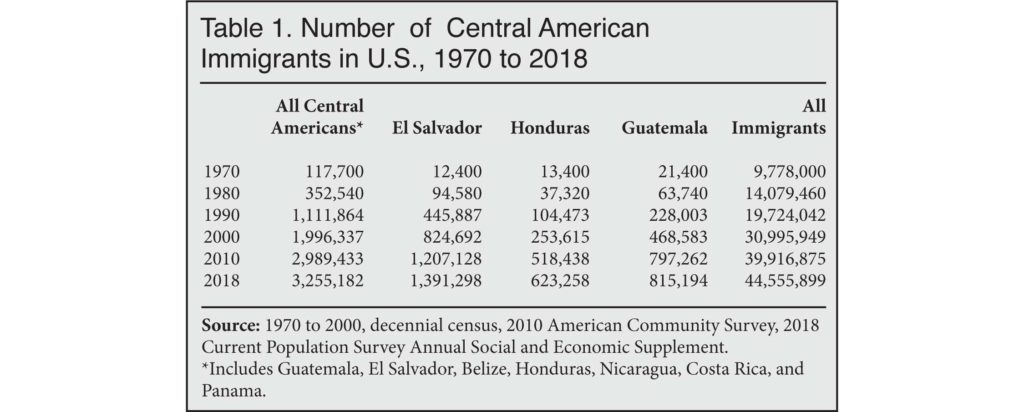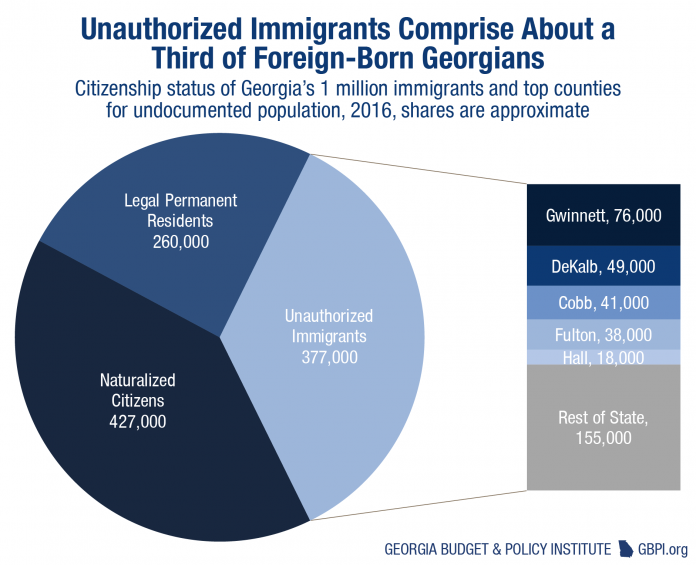
IERB complaints: responses to responses
1) The 1982 SCOTUS Plyler v Doe decision made us do it:
Plyler v. Doe has essentially guaranteed a right to pursue a high school diploma to all students (children) regardless of immigration status. It applies to K-12 education.
An easy to read and accurate synopsis: Plyler v. Doe, 457 U.S. 202 (1982), was a case in which the Supreme Court of the United States struck down both a state statute denying funding for education to undocumented immigrant children and a municipal school district’s attempt to charge undocumented immigrants an annual $1,000 tuition fee for each undocumented student to compensate for the lost state funding.[1] The Court found that any state restriction imposed on the rights afforded to children based on their status as immigrants must be examined under an intermediate scrutiny standard to determine whether it furthers a “substantial” government interest.
The application of Plyler v. Doe has been limited to K-12 schooling. Other court cases and legislation such as Toll v. Moreno 441 U.S. 458 (1979) and the Illegal Immigration Reform and Immigrant Responsibility Act of 1996[2] have allowed some states to pass statutes that deny undocumented immigrants students eligibility for in-state tuition, scholarships, or even bar them from enrollment at public colleges and universities.
Plyler v Doe applies to admittance, enrollment and education of illegal alien students in K-12 . It does not provide for any education of parents of students. Neither does it mean that school systems can or should provide any public benefit to parents (adults) in the name of furthering the education of the child/student. The argument that parents of illegal aliens are somehow exempt from proving eligibility for public benefits because of Plyler v Doe is absurd. Do we also exempt parents from proving work eligibility under Georgia’s E-Verify laws? Are parents of illegal aliens excluded for the affidavit process in 50-36-1 and 13-10-91 because they have children in Georgia K-12 schools? (No).
The USDOE has distributed guidance letters which are linked below. Although many of the responses from Georgia school districts cite Plyler v Doe and these letters as evidence of the legality of adult education for already enrolled K-12 students, the letters all clearly address enrollmentof K-12 students, not adult education.
The (English) guidance documents:
http://www.ed.gov/about/offices/list/ocr/letters/colleague-201405.pdf
http://www.ed.gov/about/offices/list/ocr/docs/qa-201405.pdf
http://www.ed.gov/about/offices/list/ocr/docs/dcl-factsheet-201405.pdf
Lastly, the argument that verifying the eligibility/immigration status of parents for public benefits or not providing illegal aliens parents (adults) of K-12 students language classes hinders the education of the child can be expanded to say that we cannot verify the legal status of the parents for a teaching or contractor job in the school system and that use of the E-Verify or SAVE system aimed at a parent is a “civil rights violation” or somehow damages the child’s education. Taken to extremes, use of the E-Verify system for parents of any or all Georgia K-12 students could be said to hinder the education of an illegal alien’s child because the parent cannot lawfully be employed. Shorter: The Plyer v Doe argument is intended for people who do not know the law.
2) Title lll made us do it and authorizes English classes for illegal alien parents of K-12 students already enrolled in Georgia’s school system.
I do not dispute that there is language in Title lll concerning parents and English language assistance. But partial quoting of Title lll without noting the federal requirement that all programs be in compliance with individual state law is incomplete and deceptive.
I insert a link to Title III text here
Title III — Language Instruction for Limited English Proficient and Immigrant Students
Please note Section 3116 Local Plans “(a) PLAN REQUIRED – Each eligible entity desiring a subgrant from the State educational agency under section 3114 shall submit a plan to the State educational agency at such time, in such manner, and containing such information as the State educational agency may require.
(b) CONTENTS – Each plan submitted under subsection (a) shall —
…(1) each local educational agency that is included in the eligible entity is complying with section 3302 prior to, and throughout, each school year;
(2) the eligible entity annually will assess the English prof iciency of all children with limited English proficiency participating in programs funded under this part;
(3) the eligible entity has based its proposed plan on scientifically based research on teaching limited English proficient children;
(4) the eligible entity will ensure that the programs will enable children to speak, read, write, and comprehend the English language and meet challenging State academic content and student academic achievement standards; and
à(5) the eligible entity is not in violation of any State law, including State constitutional law, regarding the education of limited English proficient children, consistent with sections 3126 and 3127.
And Section 3126 LEGAL AUTHORITY UNDER STATE LAW.
à“Nothing in this part shall be construed to negate or supersede State law, or the legal authority under State law of any State agency, State entity, or State public official, over programs that are under the jurisdiction of the State agency, entity, or official.
SEC. 3127. CIVIL RIGHTS.
Nothing in this part shall be construed in a manner inconsistent with any Federal law guaranteeing a civil right. Use of Funds Requirements in OMB Circular A – 87
3) Title lll and Title l made us do it:
“Translation and Interpretation for English Learners – Requirements under Title VI of the Civil Rights Act of 1964 Related to National Origin Discrimination and Use of Funds Under Title III, Part A andTitle I, Part A of the ESEA.” See linked info ( for some reason, the link must be pasted into your browser to open the fed document).https://www2.ed.gov/programs/titleiparta/titleititleiii421.pdf
“Office of Management and Budget (OMB) Circular A – 87 requires that the use of funds for a specific purpose be: necessary and reasonable for the proper and efficient performance and administration of the program; and authorized and not prohibited under State and local laws or regulations.
—








